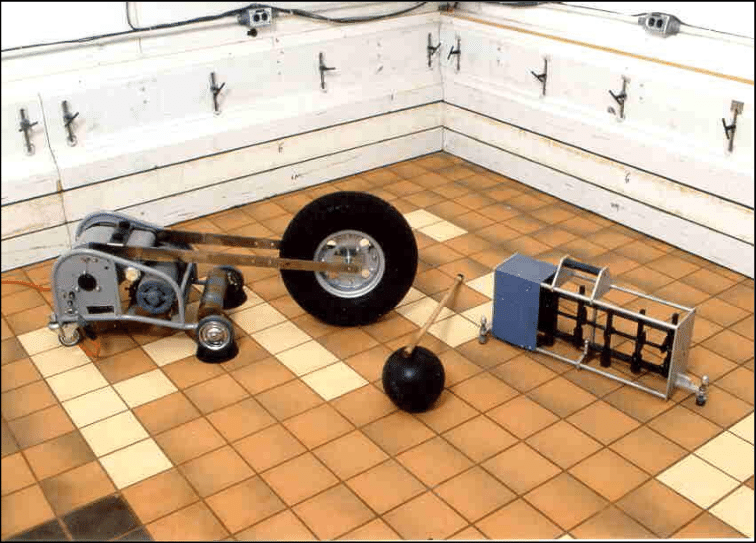Impact Ball to Replace Tire ‘Bang’ Machine as the Standard Floor Heavy Impact Source in Korea
Since 2013, South Korea’s Housing Act has mandated the use of concrete slabs with a thickness of 210 mm or more for apartment construction to attain a minimum performance level to isolate floor impact noise. Mandatory use of the tire drop ‘Bang’ machine as the standard acoustic source for impact testing eliminated the use of wood joist floor systems in Korea’s multi-family housing market.
Canada Wood Korea partnered with the Korean Society for Wood Science & Technology (KSWST) to carry out research and testing to provide science-based evidence to reinstate the use of wood floors in Korea. Due to our efforts, recently, the Ministry of Land, Infrastructure and Transport (MoLIT) announced a proposed revision of the ‘Presidential Decree on the Housing Construction Standards’ to adopt the Impact Ball as the floor heavy impact source in place of the ‘Bang’ Machine*.

This is an important progressive milestone towards reinstitution of wood frame floor assemblies for low-rise multi-unit housing and for high-rise hybrid construction. Research done by Hanyang University found that noise generated by the Impact Ball machine is more similar to the real-life impact sounds in a multi-story residential building.
Canada Wood in collaboration with the National Institute of Forest Science (NIFoS), Korean Society of Wood Science and Technology (KSWST) and Korea Wood Construction Association (KWCA) will continue to back housing act revisions to reinstitute non-concrete floor assemblies in Korea’s multi-family construction. MoLIT expects the amended Decree to come into force on August 4, 2022.
Korea is the only country in the world that regulates heavy impact sound transmission via the so called Bang Machine to generate heavy impact sound energy for evaluation of acoustic performance of floor assemblies.
According to 2020 Population and Housing Census, the total number of housing units in Korea is over 18.52 million, and more than 82% of the units are in multi-family (Apart, Yeonlip or Dasaedae) or multi-household (Dagagu) buildings.


